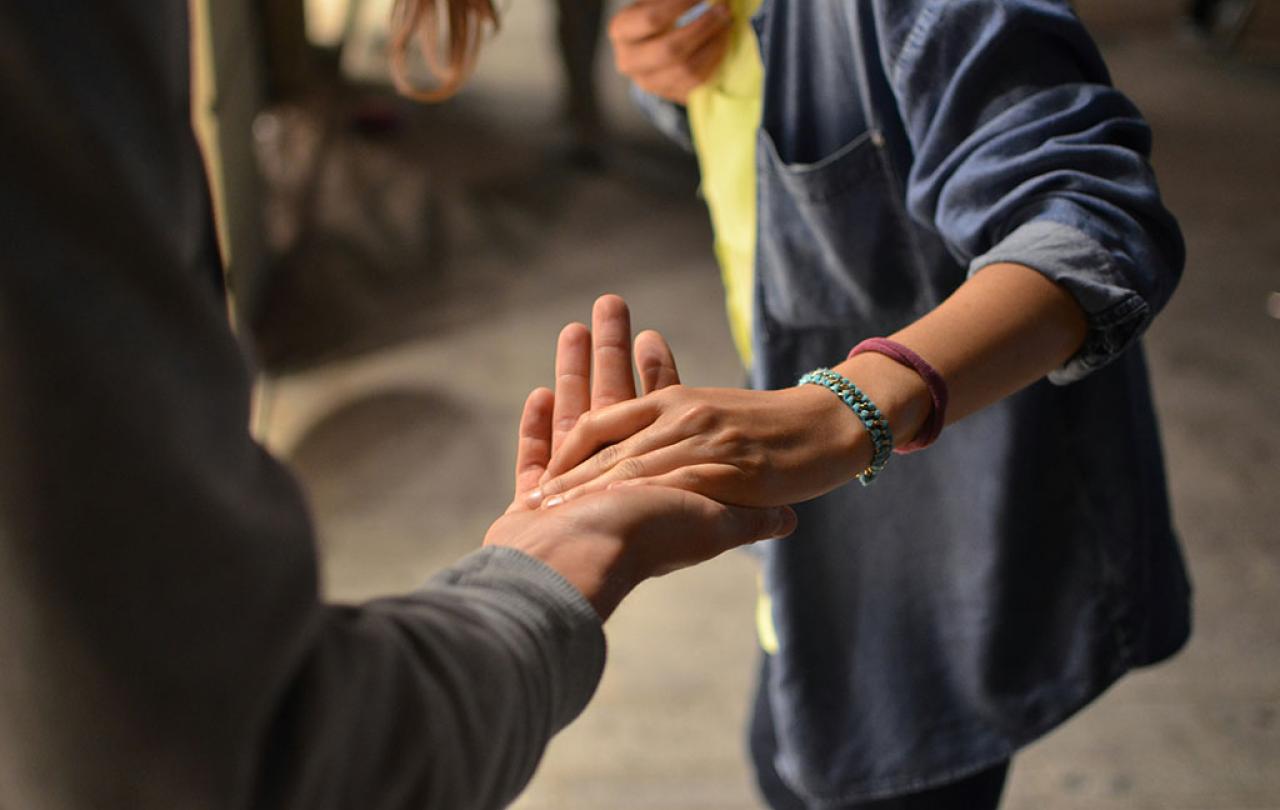
In just three years, an Oxfordshire market town has cracked a code that's eluded community development experts for decades. The Didcot Powerhouse Fund has delivered £400,000 in grants to nearly 9,000 residents, proving that when local businesses and civic leaders work together, they can achieve remarkable results.
Didcot's success is all the more remarkable given its context. Surrounded by world-class science campuses and the prosperity they bring, the town is simultaneously home to pockets of serious social and economic deprivation. This stark inequality demanded a fresh model for corporate giving – one that could bridge the gap between the wealth generated by cutting-edge research facilities and the struggling families living in their shadow.
The fund's approach offers a blueprint for addressing one of Britain's most persistent challenges: how to harness private sector resources for genuine community benefit. Within five months of launching, it had generated £100,000 in grants. By year three, it had distributed 70 grants across Greater Didcot's 46,000 residents, tackling everything from domestic abuse support to youth skills training.
What makes Didcot remarkable isn't just the money – it's the method. The fund, chaired by Oxfordshire Deputy Lieutenant Elizabeth Paris, doesn't simply write cheques. It convenes businesses, charities, local government and faith leaders in the same room, mapping community needs and systematically filling gaps. This year's annual impact event, hosted by the European Space Agency, drew 160 guests who would rarely otherwise meet.
This model represents a fundamental shift from traditional corporate social responsibility. Rather than companies making isolated charitable donations, the Didcot approach creates sustained partnerships that leverage professional networks, legal expertise and grant-writing skills alongside financial resources.
The success reflects a broader civic renewal happening across Britain, much of it led by the country's 5.5 million small and medium enterprises (SMEs). Across the UK, these businesses are showing what it means to contribute not just economically, but socially, to their local communities. They do so quietly — through their skills, relationships, and a belief in stewardship.
Last winter, fuel-allowance reductions left many families wondering how to heat their homes. In East Yorkshire, a coalition of community groups supported by an SME mobilised at speed, distributing thousands of pounds in emergency vouchers. Similar efforts in Cambridgeshire and Nottinghamshire reached nearly 300 residents with targeted help. These acts made all the difference close to home.
SMEs employ 60 per cent of the UK workforce, but their real power lies in their embeddedness within local communities. They understand local needs in ways that distant corporations or central government cannot. And SMEs, as groups of individuals united by a common purpose, have the unique ability to be good neighbours in the communities they serve. The most effective business leaders understand that creating real value comes from cooperation – from working alongside others to meet shared needs.
Successful SMEs engage actively with their local communities because doing so helps them understand the people they serve, earns trust, and provides services that genuinely matter. This requires spending time with people, asking thoughtful questions, and recognising that local relationships are central to resilience.
Through my role as Lord-Lieutenant of Oxfordshire, alongside our team of 40 Deputy-Lieutenants, I witness this transformation first-hand. We engage with tens of thousands of people annually and can report that this quiet civic renewal is both important and accelerating.
From the Isle of Wight, where former vehicle technician Jan retrained as an energy retrofit assessor to help neighbours cut bills and carbon emissions, to East Yorkshire, where community groups and local firms mobilised to distribute emergency fuel vouchers, SMEs are proving themselves to be critical civic actors.
The most striking example may be Inveraray on Scotland's west coast, where the historic Local Pier had been shuttered for a decade. A local charity, supported by regional SMEs, raised over £275,000 across seven funding bids. The pier reopened in April 2024, now hosting monthly farmers' markets. As Linda Divers, Chair of Inveraray Community Council, said at the ribbon-cutting: "That vote of confidence turned a dream into reality."
This matters because trust – the foundation of effective community action – is built through personal relationships. A 2023 King's College London study found that 98 per cent of UK residents trust people they know personally. SMEs, rooted in their communities, are uniquely positioned to nurture and leverage this trust.
Parliament is taking notice. The Business and Trade Committee has launched an inquiry into what small firms need to thrive, with Chair Liam Byrne calling them "the engine room of growth and our biggest employer."
The potential is enormous. Imagine businesses helping food banks become comprehensive community hubs. Picture digital skills clinics helping charities navigate AI-ready grant applications. Envision hundreds more professionals like Jan, retrained into green jobs that serve both local communities and environmental goals.
The Didcot model shows this isn't utopian thinking – it's happening now. What's needed is recognition that the story is changing: from businesses as standalone economic actors to businesses as community builders, aligned with local purpose.
At its heart, this kind of community investment reflects a deep, shared commitment to neighbourly love – not as a sentiment, but as a practical responsibility. To be a good neighbour is to recognise the inherent worth in every person, and to act with generosity, care, and purpose.
It even calls us to see one another not as strangers or competitors, but as people closely connected, each carrying something of the same human dignity and potential. This recognition demands action: to build relationships that endure, to work for the good of all, and to strengthen the ties that bind communities together.
The work of SMEs and local leaders across the UK embodies these values, offering a powerful example of faith in action within public life. In an era of declining social capital and institutional trust, it offers hope that Britain's communities will continue to build themselves from the ground up. We should celebrate it – and help it grow.
Support Seen & Unseen
Since Spring 2023, our readers have enjoyed over 1,500 articles. All for free.
This is made possible through the generosity of our amazing community of supporters.
If you enjoy Seen & Unseen, would you consider making a gift towards our work?
Do so by joining Behind The Seen. Alongside other benefits, you’ll receive an extra fortnightly email from me sharing my reading and reflections on the ideas that are shaping our times.
Graham Tomlin
Editor-in-Chief





